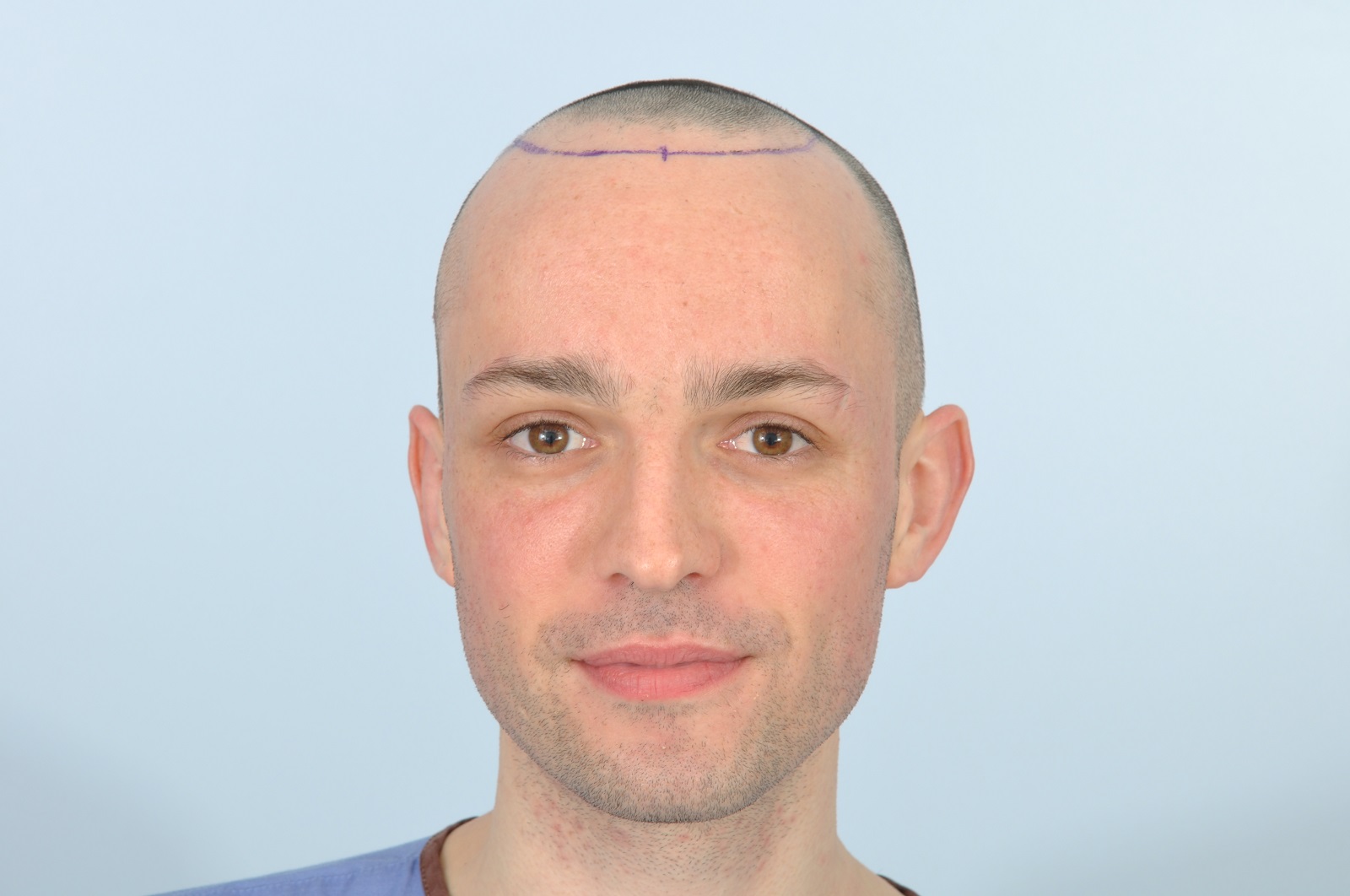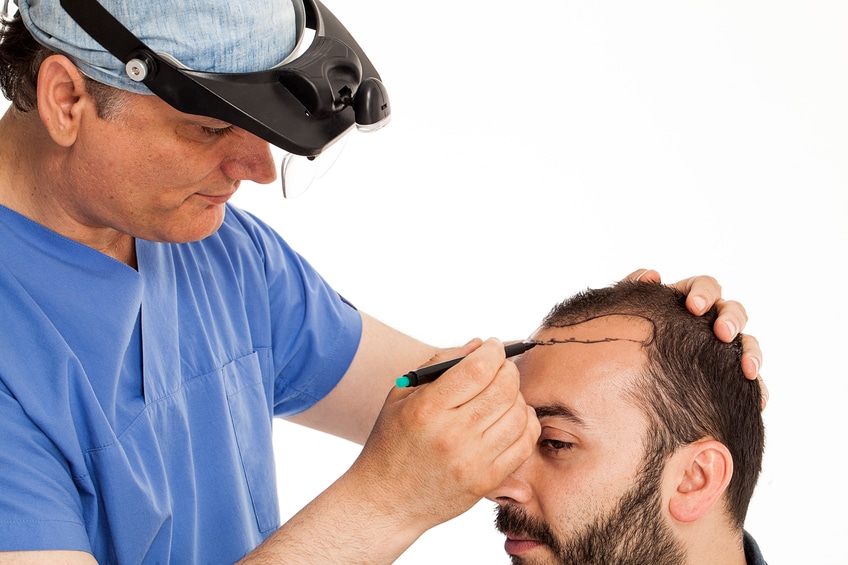The procedure involving follicular hair transplants is considered to be the most truly effective among hair restoration methods. In follicular hair transplant, the surgeon transplants hair from the permanent zone in the rear of the scalp onto the affected areas. The donor tissue is removed in one piece. This really is to ensure that the follicular units being relocated from the back of the scalp are not damaged. An integral element of hair follicle transplant is single-strip harvesting since it preserves the follicular units. Additionally it ensures that no damage is caused to the person hair follicles. Follicular hair transplant technique follows a well organized pattern. Follicular hair transplants allow the surgeon to use small recipient site. Throughout the surgery the follicular units that are removed from the donor tissue are minutely studied by way of a microscope. This stereomicroscopic dissection raises the yield of the absolute quantity of follicular units, and that of the total level of hair as well.
 In genetic balding the transplanted hair is of smaller diameter and length compared to hair replaced. It is highly advantageous to use individual follicular units. It facilitates the usage of really small units. At the same time frame the quantity of transplanted units is proportionately much large. Therefore a surgeon can place around four hair strands in a tiny recipient site. It has tremendous implications for cosmetic surgery in general. Thus giving follicular hair transplant a substantial edge over micrografting. Transplantation of individual follicular units also gives an all-natural check out the transplanted hair. In hair follicle transplant, individual follicular units are directly removed from the donor area. This means that this technique is independent of linear incision. The surgeon uses a 1mm punch to create a small circular incision in the skin around top of the part of the follicular unit. It's then directly extracted from the scalp. Frequently follicular unit extraction (FUE) and follicular unit transplantation (FUT) are treated as two different things.
In genetic balding the transplanted hair is of smaller diameter and length compared to hair replaced. It is highly advantageous to use individual follicular units. It facilitates the usage of really small units. At the same time frame the quantity of transplanted units is proportionately much large. Therefore a surgeon can place around four hair strands in a tiny recipient site. It has tremendous implications for cosmetic surgery in general. Thus giving follicular hair transplant a substantial edge over micrografting. Transplantation of individual follicular units also gives an all-natural check out the transplanted hair. In hair follicle transplant, individual follicular units are directly removed from the donor area. This means that this technique is independent of linear incision. The surgeon uses a 1mm punch to create a small circular incision in the skin around top of the part of the follicular unit. It's then directly extracted from the scalp. Frequently follicular unit extraction (FUE) and follicular unit transplantation (FUT) are treated as two different things.
It's wrong. FUE is actually a type of FUT in that your follicular units are extracted directly from the scalp, in place of microscopically dissected from a reel that had been removed. In follicular hair transplant the in-patient follicular units could be obtained either through single-strip harvesting and stereomicroscopic dissection or through FUE. There is similarity between follicular hair transplant techniques and those followed in minigrafting and micrografting. However, follicular hair transplantation is different from mini and micro grafting. Both of the latter procedures work with a multi-bladed knife to split the follicular units. This results in unacceptable levels of transaction of hair follicles. In follicular unit transplantation it is the type that determines the graft sizes. In mini-micrografting the graft sizes are arbitrarily determined. The donor tissue is sliced to the size the surgeon considers fit. There is another difference between follicular hair transplant and mini-micrografting. In the latter neither the hair follicles are kept intact nor the follicular units are preserved. In mini-micrografting, speed and economy of the task tend to be more important. The process entails employing a multi-bladed knife to quickly generate thin strips of tissue.
 But whatever the reason is, the problem is quite serious and affects our mental state as well. As it continuously pushes our thoughts towards'why','how' and'what to do' kind of questions. But today, technology has changed the whole
But whatever the reason is, the problem is quite serious and affects our mental state as well. As it continuously pushes our thoughts towards'why','how' and'what to do' kind of questions. But today, technology has changed the whole 